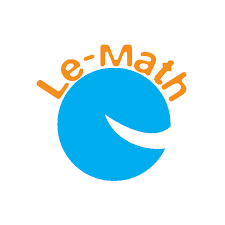LE-MATH

Many pupils as well as parents unfortunately consider mathematics as a difficult and boring subject.
Instead of studying mathematics (and other subjects) many pupils prefer to spend most of their time watching TV programmes or playing electronic games or exchanging messages with their mobile phone, exchanging pictures, exchanging videos, competing etc. One way to bring pupils back to the “playing field” of education is to use similar tools (weapons) like the “opponents”, that is to communicate the learning of mathematics in a non-traditional way, like a game through theatre or competitions similar to the well-known X-Factor and other.
Many pupils claim that mathematics many times is abstract and therefore non-approachable, so aim of this project is to use a completely different and new approach by inviting teachers and pupils to apply new communication methods in learning mathematics, which could be fun and enjoyable at the same time.
This project intends to develop new methodologies in learning and teaching mathematics to pupils of age 9-18, which can be used in any school environment.
It will also make learning more attractive and enjoyable for all pupils and will strengthen students’ skills for creative thinking. The methods could be used for other subjects of the education curricula and for other ages.
The consortium partners are from universities, schools, math associations, foundations, theatre schools, art schools and enterprises.
The project activities contribute to the Education and Training 2020 as it is enhancing creativity and innovation among youth. It also contributes to the benchmark for decreasing low-achievers in basic skills (mathematics and science) to 15%. It promotes the European Cooperation on schools in the area of competences by supporting the key competence for mathematics.
The aim of this project is the development of methodology in teaching and learning mathematics with the creation of two main tools that can be used by teachers. The methods will be created in such a way so that they can be used in an in-service training course for teachers who teach mathematics to pupils of age 9-18.
